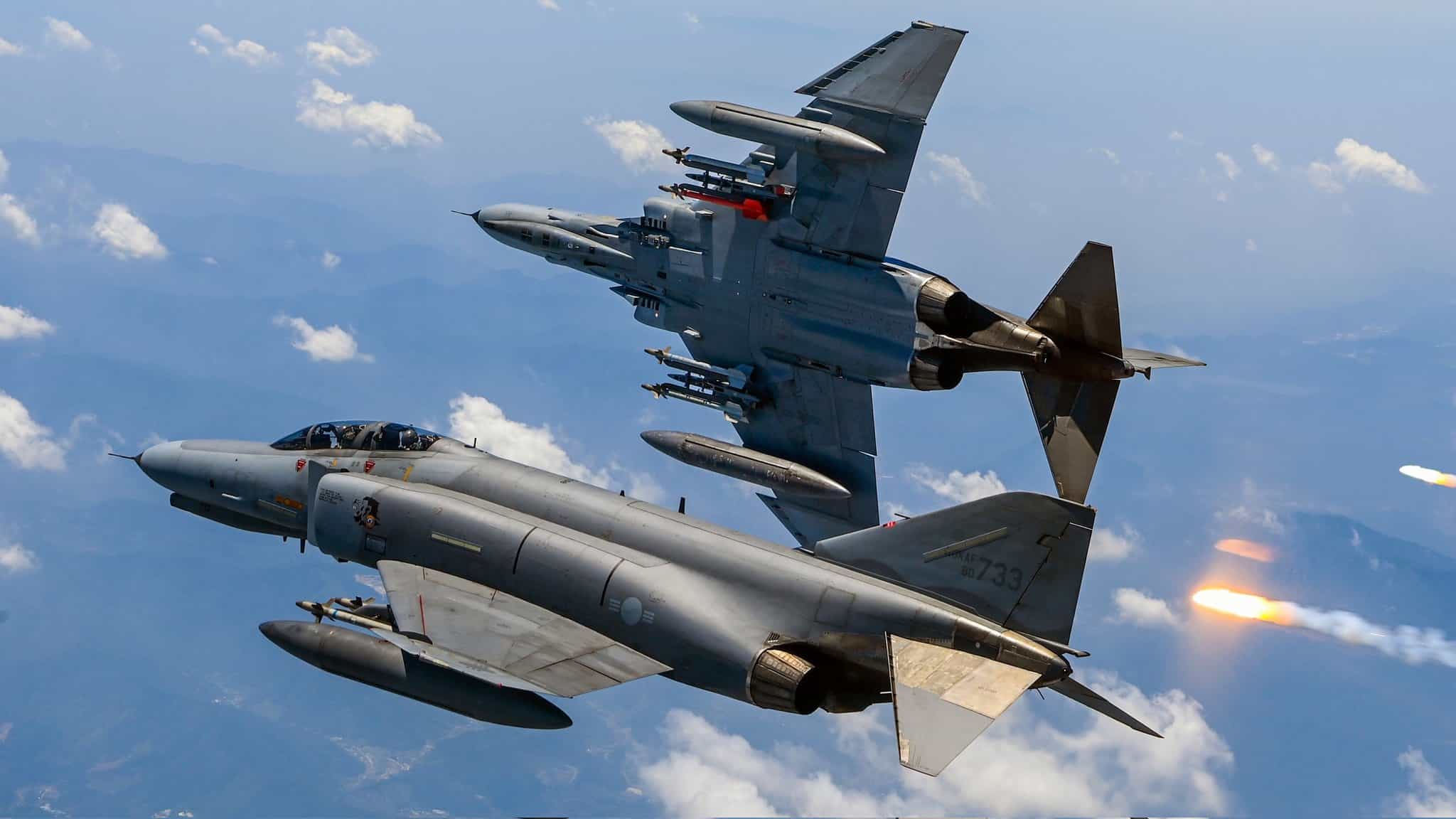Phantom. A name that in times of Halloween has a more popular and “scary” meaning, but which, in the field of aviation, has another meaning: McDonnell Douglas F-4. A legendary aircraft, one of the most recognized and even respected, one of the symbols of the controversial Vietnam War. With more than 5000 units produced, it is among the most manufactured models of all time. Sixty-five years after its first flight, the third-generation fighter has already retired the vast majority of its operators from the ranks. However, the ghostly Phantom II still remains in service in some nations.
We can use a series of adjectives to talk about the F-4: big, robust, heavy, powerful and even clumsy. Although it is often recognized for its poor initial performance in Vietnam – often linked to the lack of a cannon, in layman's terms – the F-4 was a huge success, acquired by several nations besides the United States. Even Brazil was interested in the North American twin engine, but that's “another five hundred”.
The sixty-year-old F-4 marked an era, but from the 80s onwards it began to share the skies with more modern 4th generation models, such as the F-16, F-15, Mirage 2000, MiG-29 and Su-27. In the following decade, space was already taken over by these and other models. However, some countries kept the Phantom in operation for a while longer, others still do to this day. The F-4's last strongholds are in Europe, East Asia and the Middle East.
Iran – a former ally
As history tells us, Iran and the United States have been great allies in the past. And it was in that past that the former Imperial Iranian Air Force acquired a total of 225 Phantoms in the F-4D, F-4E and RF-4E versions (the latter for tactical reconnaissance). The first units of the F-4D version were delivered in 1968 and were the most modern at the time; three years later, the F-4E was already operating in the country alongside the small and agile F-5, which complemented the larger twin-engine engines. The RF-4s were delivered in 1972.
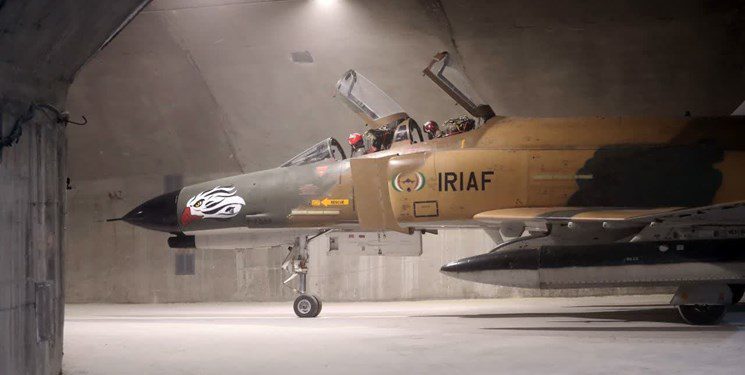
With the Islamic Revolution of 1979, Iran saw everything change drastically, especially in its internal culture and foreign relations. The air force, which was once the apple of the Shah's eye, was strongly threatened by the embargoes, in addition to the persecution of military personnel by the new regime. Still, the “new” Islamic Republic of Iran Air Force (IRIAF) made extensive use of the numerous F-4 fleet against Iraq in the war that followed.
On the other hand, the lack of adequate support and the war itself took its toll on the Persian Ghosts. It is estimated that 63 of the more than 220 F-4s are in service, a good number considering the barrier imposed by the embargoes against the country.
Türkiye – Terminators
Like Iran, Turkey is also among the largest operators of the F-4, having acquired 236 aircraft in the F-4E and RF-4E versions to replace older models such as the F-100 Super Saber and RF-84. At the same time, they shared the various Turkish air bases with the F-5 Freedom Fighters and the distinctive F-104 Starfighters, seen as complementary aircraft to the newer and more capable F-4s.
Purchased new from the factory or from US Air Force stocks, Turkey's F-4s performed well in aerial combat missions but were more prominent in ground attack. This is thanks to equipment such as the TISEO display, which allowed it to identify targets at great distances, and the Pave Spike pod, which gave the F-4 the ability to use laser-guided bombs.
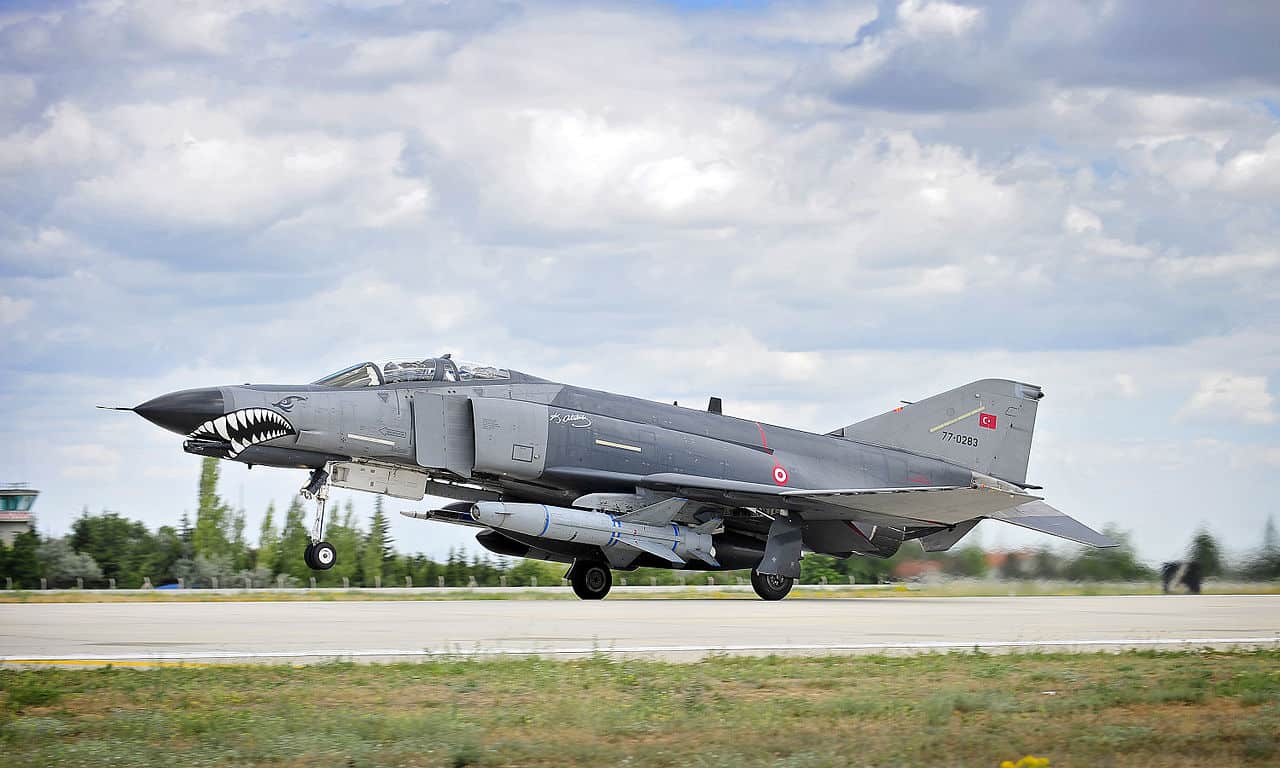
In the 1990s, Turkey chose to modernize its newer F-4s and write off older models. Costing $600 million, the F-4E-2020 Terminator program saw the modernization of 54 F-4Es by Israel Aerospace Industries. The aircraft received structural reinforcements, modern avionics, new radars and mission computers and integration with smart weapons such as Paveway bombs and Popeye missiles.
About 30 F-4Es remain in service, alongside the country's more than 200 F-16s. The model was to be replaced by the F-35, but Turkey was expelled from the program by the United States after purchasing Russian anti-aircraft missiles.
Greece – ancient raids
The relationship between Türkiye and Greece has been very turbulent for a long time. Both countries are members of NATO, but centuries-old differences often speak louder in diplomatic relations between Athens and Ankara. This factor also directly influences defense investments.
In this way, the country implemented an extensive program to modernize its armed forces, acquiring F-4E/RF-4E fighters from the USA and Mirage F-1 from France. The first Phantoms arrived in April 1974 and were deployed to Andravida and Larissa air bases. They replaced the F-5A Freedom Fighter and RF-84 reconnaissance jets.
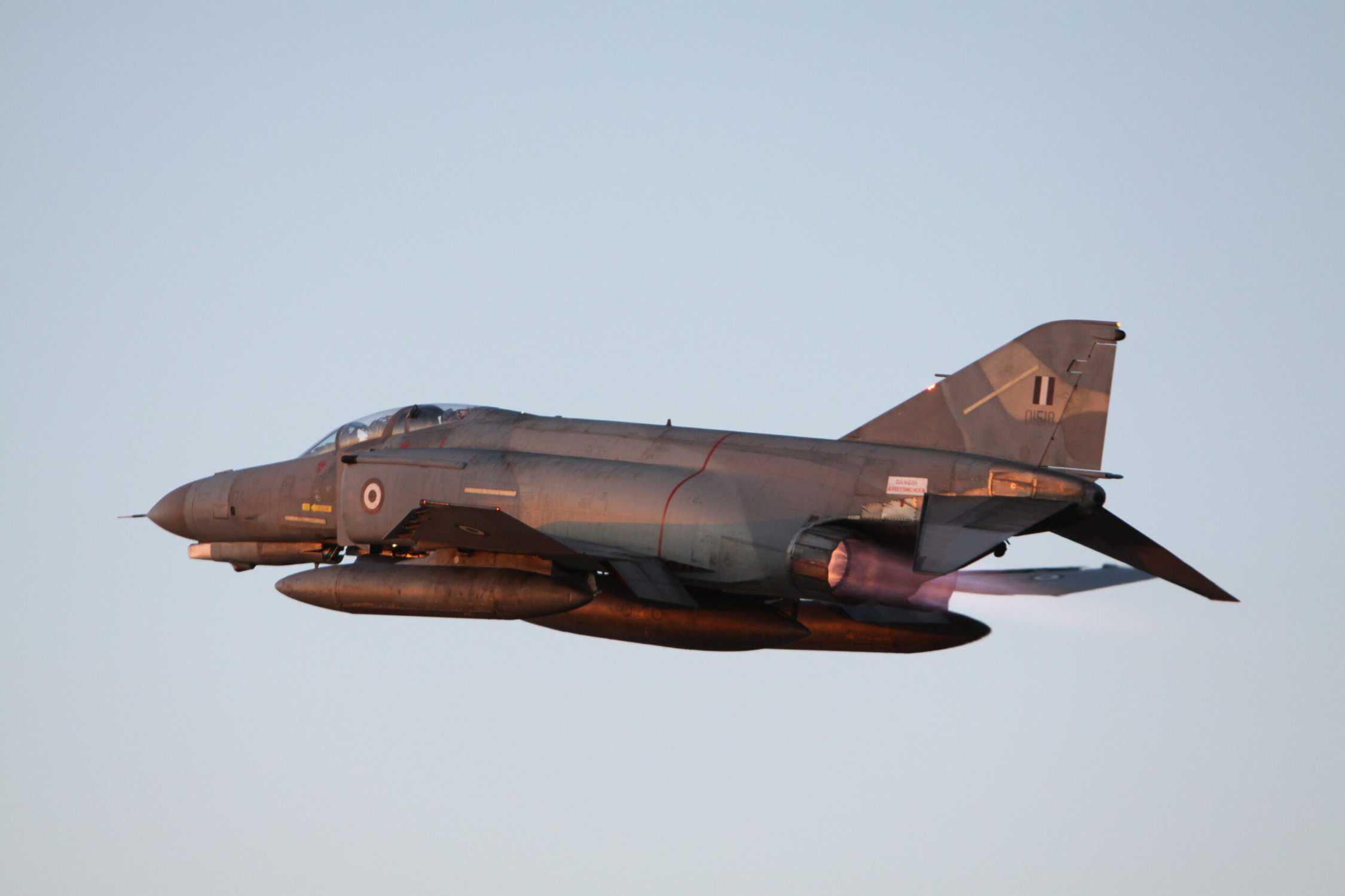
The Greeks received, in total, 121 F-4s and RF-4s, including units transferred from the USA and acquired used from Germany. At the turn of the century, the Hellenic Air Force also chose to upgrade its F-4 fleet. The Peace Icarus 2000 program upgraded 35 F-4Es with new radars and avionics, GPS and AMRAAM missile integration, and the LITENING pod. Today, 33 “Hellenic ghosts” continue to operate in ground attack and air defense missions, sharing Greek airspace with F-16, Rafale, Mirage 2000 and, soon, F-35 fighters.
South Korea – the last ghost
Years after the armistice that ended the Korean War, Seoul was once again experiencing tensions with Pyongyang in the 1960s. The situation, influenced by the heat of the battle in Vietnam, made South Korea sign its first purchase of F-4 fighters by ordering 18 F-4D. They arrived in the country in 1969, further establishing ties with the United States and ensuring technological superiority over its northern neighbor.
Other purchases and agreements occurred over the years, totaling 92 deliveries of the type, which makes South Korea the largest operator of the D version of the Phantom II. From 1977 onwards, the South Korean Air Force (ROKAF) began to operate the F-4E, having acquired an initial batch of 37 factory-new aircraft. The model was successful in the country, which ordered a total of 94 fighters. The ROKAF also operated 27 reconnaissance RF-4Cs.
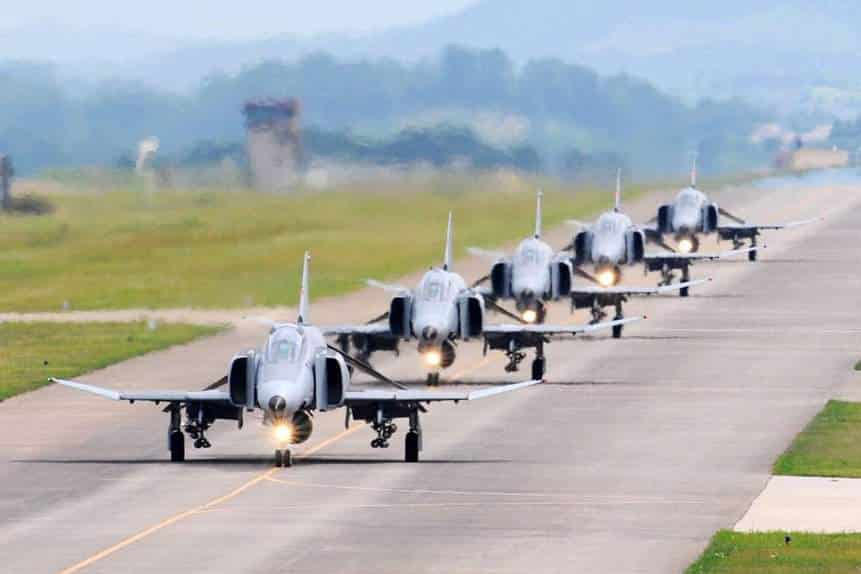
In October 1979, McDonnell Douglas ended production of the F-4 with jet number 5057 and registration number 78-0744. The aircraft was transferred to South Korea under the Peace Pheasant II program. Like other users, the ROKAF also planned a modernization of its F-4s, however budgetary constraints prevented a major upgrade of the planes. Even so, the South Korean Phantoms received occasional upgrades, such as integration with the Popeye missile.
One of the last strongholds of the F-4 Phantom II is the Suwon air base, in the northwest of South Korea. There are the ROKAF's last F-4s, around 50 to 60 planes, which will be replaced by the F-35s and the new KF-21 Boramae.
Thus, air bases in Korea, Iran, Turkey and Greece hold the last units of a legendary fighter plane. More than sixty years after its first flight, the F-4 remains in service in organizations that have much more modern means. Although a veteran approaching his well-deserved retirement, the F-4 shows how far an aeronautical project can go.
With information Key Aero, aerotime, This Day in Aviation
Do you want to receive our news firsthand? Click Here and be part of our Group on Whatsapp or Telegram.

